I'll wager that when most people in the UK (and probably in North America too) think of Thai food, their minds are filled with images of a rainbow of curries, pad thai, papaya salad, and pad see ew. These are the dishes that for some reason or another are quintessentially Thai to us, and they are what we expect when presented with a Thai menu.
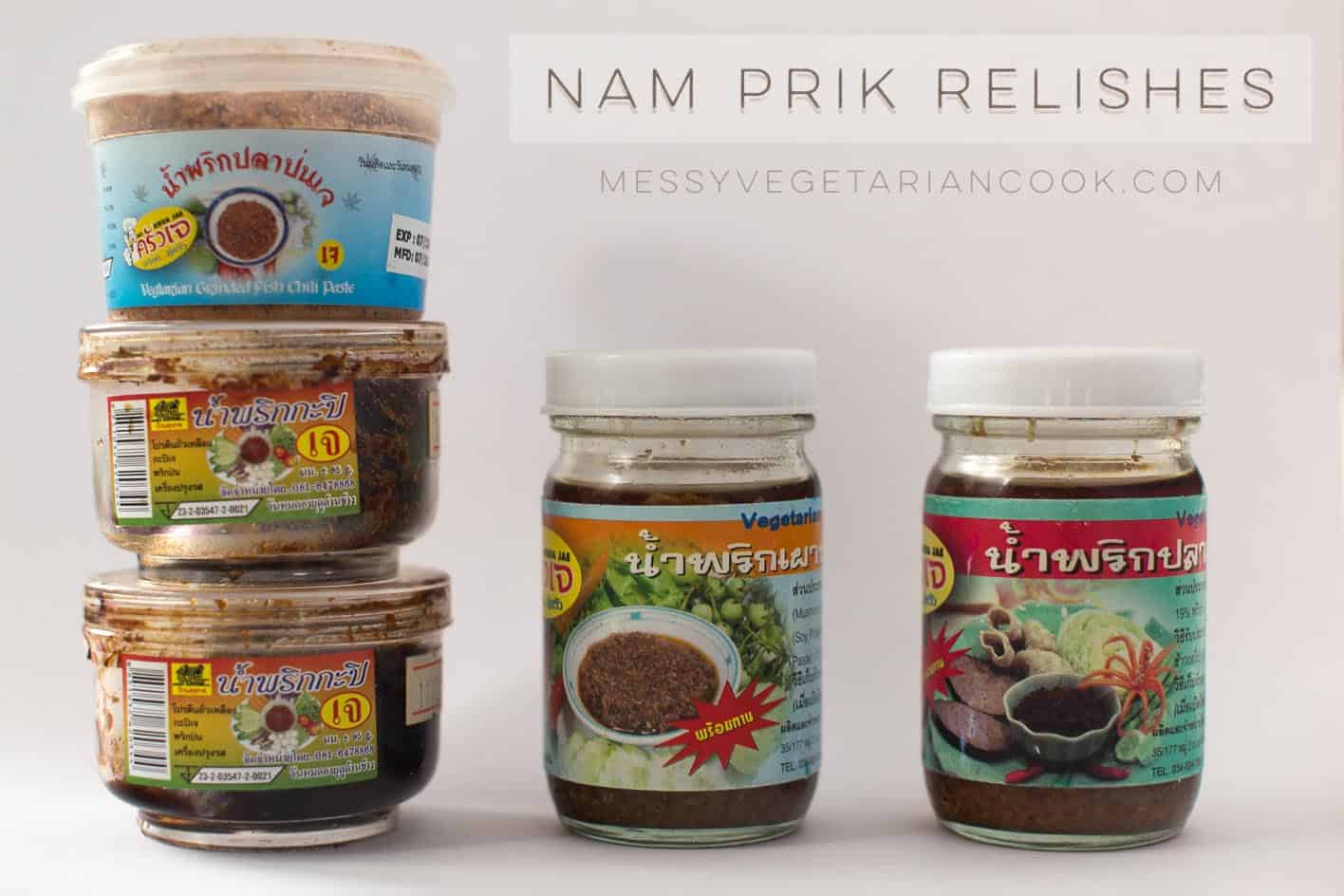
Nam prik (nam phrik) seems to have missed the boat somehow, which is a shame as it's representative of Thai cuisine in many ways that other dishes are not.
So what is nam prik?
Loosely put, nam prik are pungent textured relishes prepared with a pestle and mortar. Nam Prik is not one thing, but rather an umbrella term for a variety of different relishes and dips commonly consumed in Thailand. The ingredients can be cooked, raw, or a combination of both.
Depending on ingredients and preparation, nam prik are eaten with with raw vegetables, cooked vegetables (either steamed, boiled, or fried), or with pickled vegetables. It's also complementary to white rice, the centrepiece of every meal. When rice harvesting involved more traditional labour practices, it was necessary for meals to be consumed with speed to save precious and limited harvesting time. Hence meals consisted of rice with a simple nam prik and local vegetables.
Nam prik is usually part of a larger variety of dishes comprising a communal meal, but can be eaten as a snack too.
A little bit of any one of these relishes goes a long way as they are intensely flavoured. Relatively small portions are served alongside heaps of vegetables and/or steamed rice (it operates as a big flavour punch to season bland foods, effectively). Although it may seem like a mere condiment, a side dish to a meal, a nam prik might be the centrepiece along with the rice.
The choice of relish is closely associated with the preparation of the accompanying vegetables. For instance pickled vegetables are likely to be consumed with a salty and hot nam prik (the vegetables already contain a sour element, so there's no need for it to be present in the relish).
There are a few ingredients mostly common in all nam prik relishes. Shrimp paste (gapi) is the biggest player and can be replaced with darker miso or doenjang paste for vegans. Garlic and salt are also likely to be present, along with chillies and perhaps a splash of lime juice.

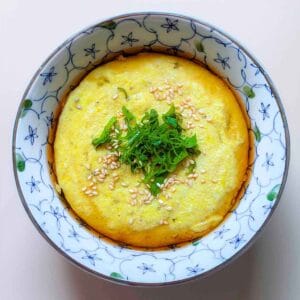
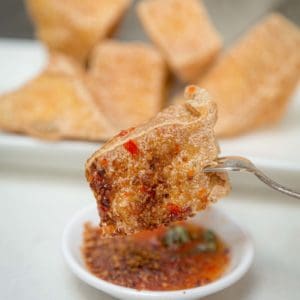
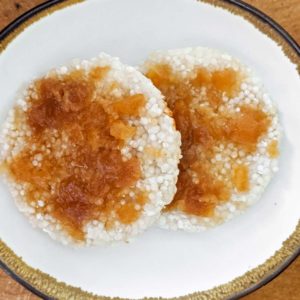
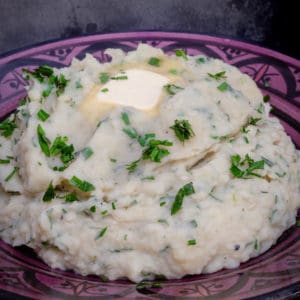
Caitlin says
I feel like I'm missing out since I'm not very familiar with nam prik! Have you ever tried the vegan shrimp paste that seems to be available in Sinagpore and Australia? I really want to try it! (Tried to get a friend to bring some back from SG but she didn't find it)
Kip says
I have bought some from both Singapore and Thailand and it is unlike anything you can buy here. I've been trying to read up on food chemistry articles about how it's made so hopefully at some point I'll work it out! It tastes like a mild miso with a load of MSG (which occurs naturally in soy products). If you come to any of the usual events in the new year (I will mostly be away until then), let me know beforehand and I will bring you a pinch if I have any left!
Caitlin says
Thank you, that's so lovely! Will let you know xx
Caitlin says
Also, where do you get your fermented bean paste? (Or can I look forward to that in your post on where you buy your Thai ingredients? :))
Kip says
I've found it in various markets around town. There's one shop in Chinatown where I've found it. I don't know the name, but it's the smallish place on the corner, across from Jen Cafe. Someone is usually selling dumplings out front.
Caitlin says
Thanks Kip!
I reserve the right to improve malicious and trollish comments.